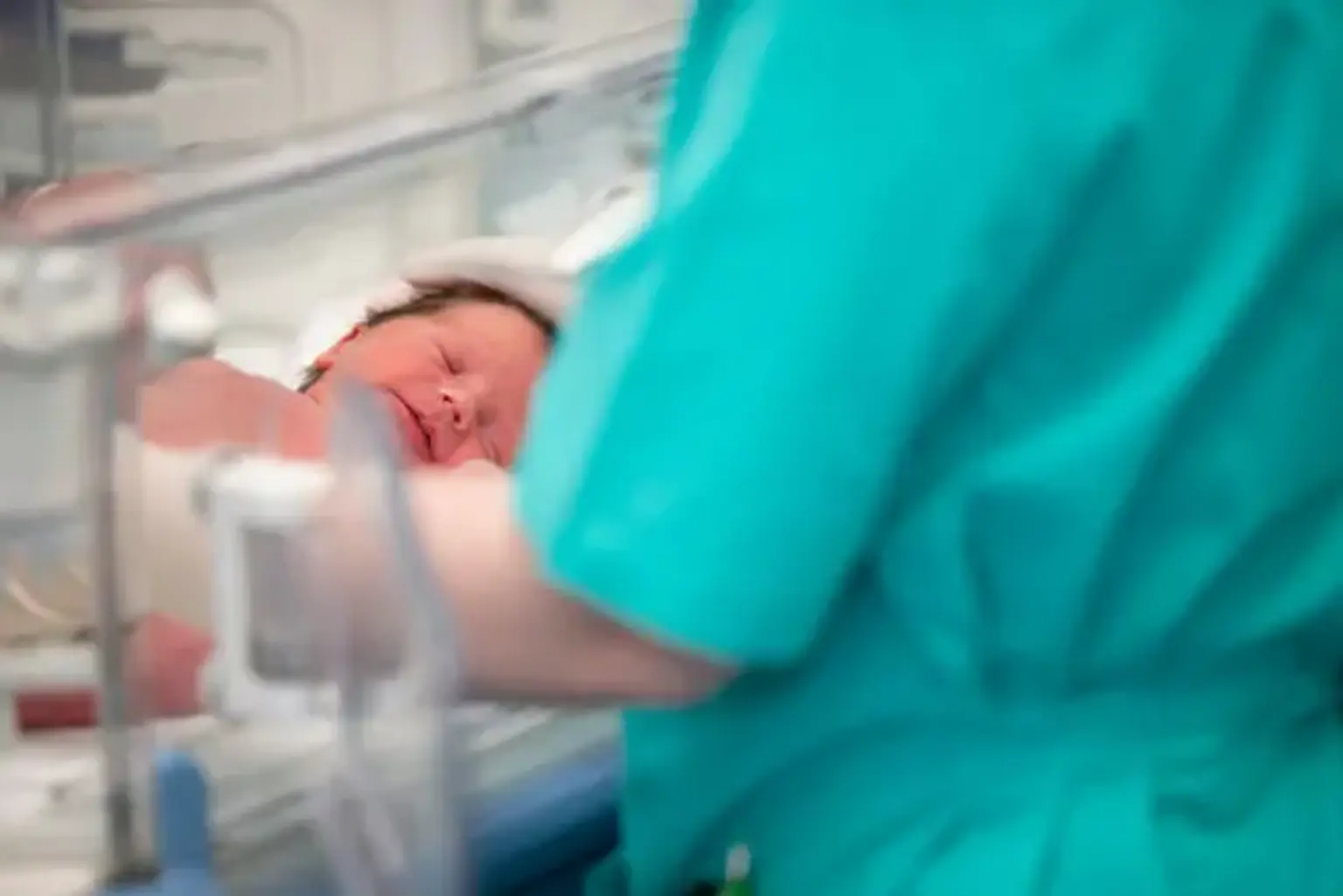Hypospadias
Hypospadias is a congenital abnormality or a birth defect in which the urethra opens on the underside of the child’s penis rather than at the tip. The tube that drains urine from the bladder and allows it to leave the body is the urethra.
Hypospadias is typically a common condition that does not interfere with the infant's care. A surgical procedure is mostly done to restore the child's penis to its standard appearance. Most babies can experience normal urination as well as reproduction after successfully treating hypospadias.
